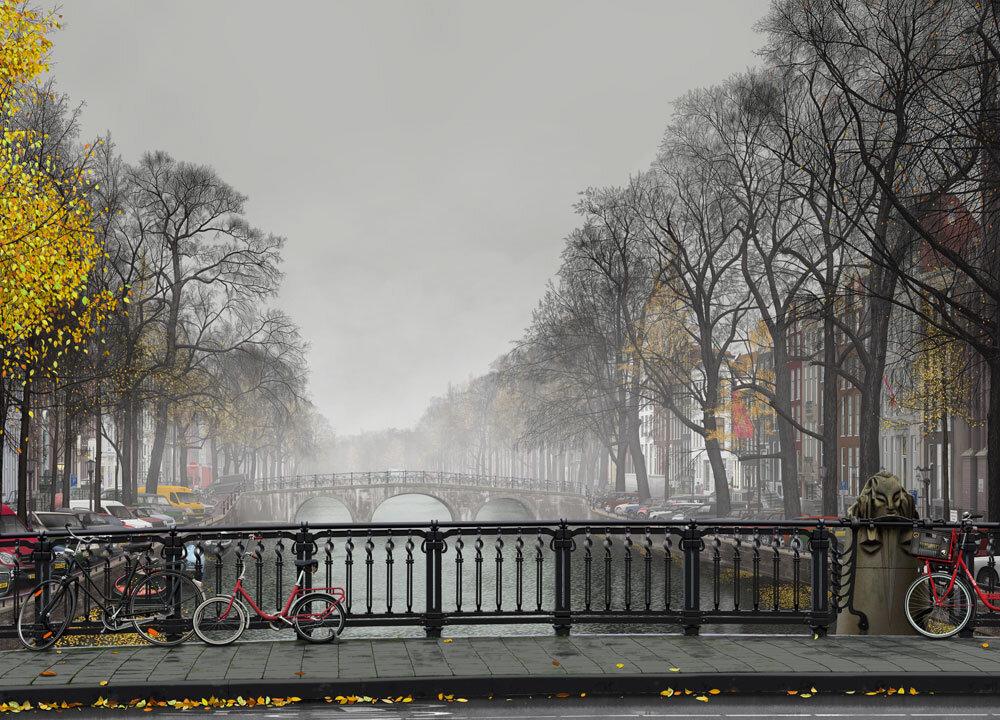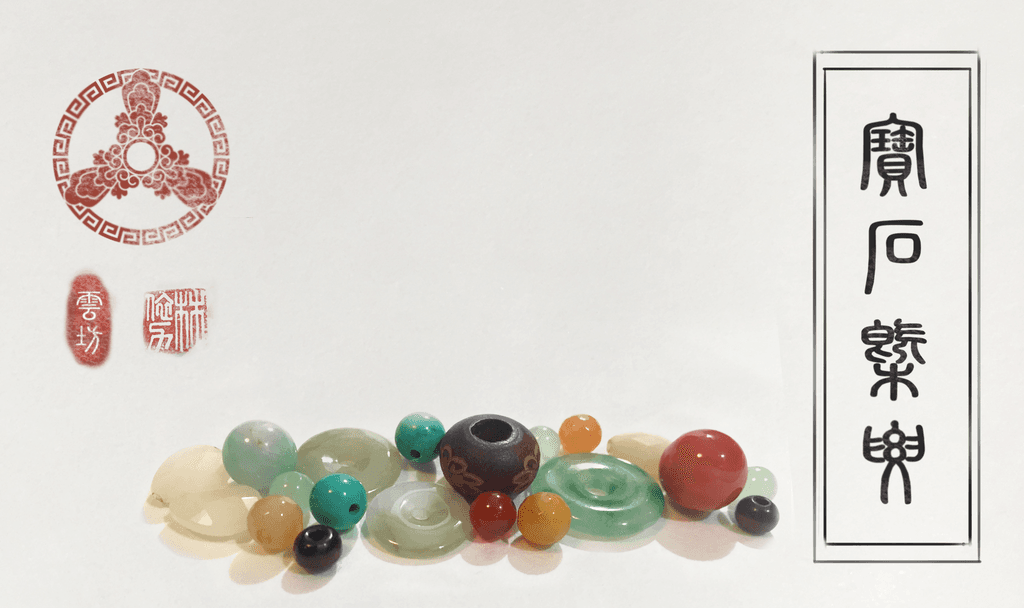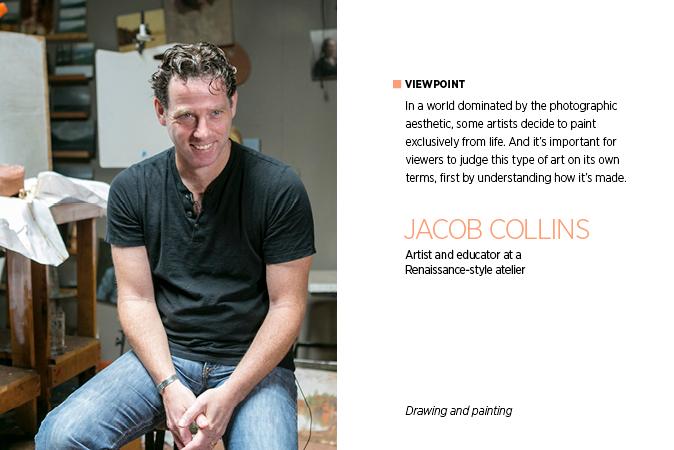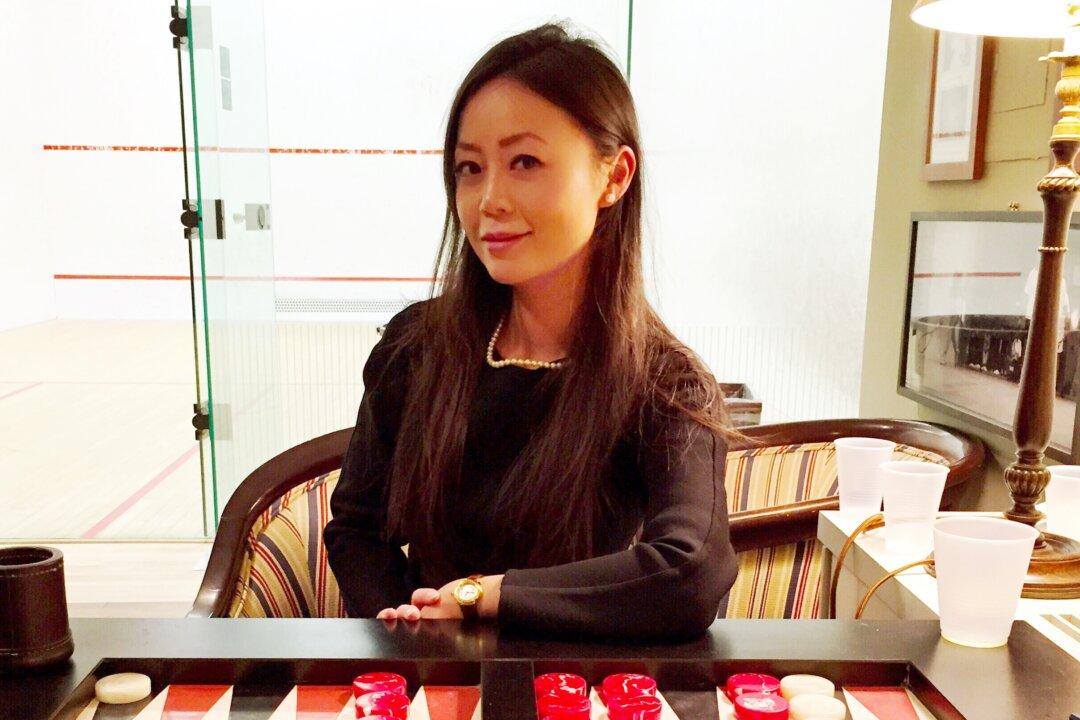This is part 7 of a 9-part series. To see the full series, see At The Confluence
The increasing prevalence of photography has fundamentally changed the way representational art is created and perceived in the modern day. At the Confluence examines how some of today’s artists have responded to the shift.

A few years ago, Bert Monroy showed his work at the Art Expo. The Expo is an annual gargantuan affair, with booths upon booths occupying the hangar-sized space at the Jacob Javits Center in Manhattan.
Epson, the color printing company, was featuring prints of Monroy’s large, minutely detailed streetscapes. Monroy’s work makes the viewer feel as if her consciousness is omniscient. No visual data point, anywhere in the scene, is out of focus. It’s like knowing the whereabouts of everybody in a city all at once.







